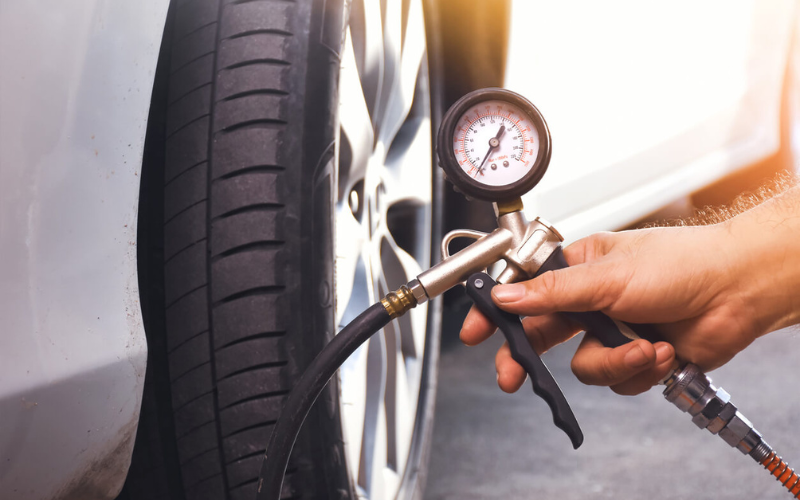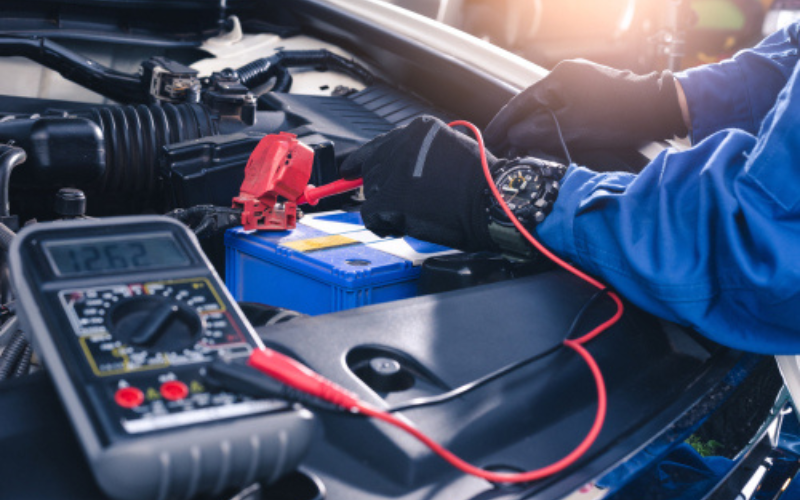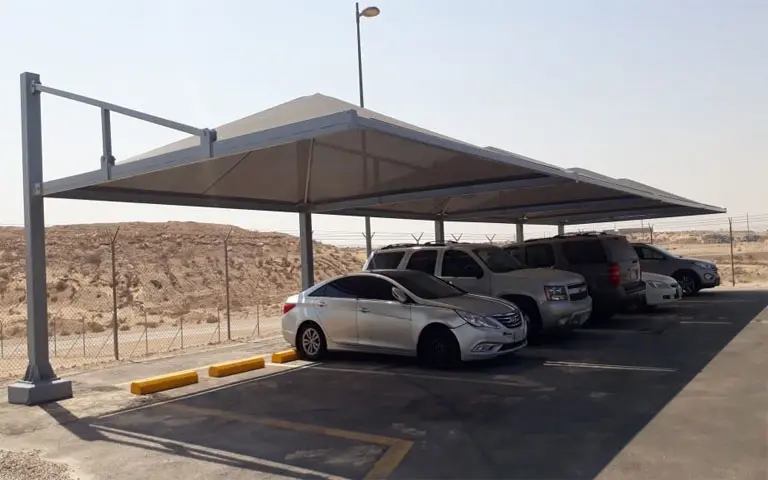Summer Driving, especially during high temperature weather, presents substantial challenges and risks to the well-being of drivers. The intense heat can affect not only the performance of your vehicle but also your physical health and ability to concentrate. From overheating engines to the dangers of dehydration and heat exhaustion, the summer months require extra vigilance and preparation.
To ensure your journeys are as safe and comfortable as possible, we have put together a comprehensive guide featuring five essential summer driving safety tips.
5 Vital Tips for Safe Summer Driving
These tips will help you navigate the roads more safely and keep your cool during the hottest days of the year.
1.Check tire pressure regularly

When the weather is hot, it raises the temperature of the pavement. Consequently, when underinflated tires pass on scorching pavement, it significantly increases the risk of a blowout.
To prevent accidents, it is crucial to regularly check and maintain the recommended tire pressure. As temperatures rise, so does the pressure in your tires—approximately 1-2 pounds for every 10-degree increase in temperature. Keeping an eye on tire pressure is essential for safe summer driving, ensuring both your safety and the longevity of your tires.
2.Turn Off Your Engine During Extreme Traffic

Car engines can become extremely hot in warm weather, particularly in standstill traffic. To prevent overheating, always ensure your coolant levels are adequately topped up.
For vehicles without stop-start technology, consider turning off your engine during prolonged stops in traffic. Contrary to popular belief, restarting your engine consumes less fuel than idling for more than 10 seconds, making it both a fuel-efficient and heat-reducing practice.
3.Check the battery

High temperatures can significantly reduce the lifespan of your car battery. The excessive heat accelerates the chemical reactions inside the battery, which can lead to a shorter operational life and increased chances of failure. If your battery is older or showing signs of weakness, such as slow engine cranking or dimming headlights, it’s wise to have it tested by a professional.
If necessary, replace the battery to avoid unexpected breakdowns and ensure your car remains reliable throughout the summer. Regular battery maintenance can save you from inconvenient and potentially dangerous situations on the road.
4.Park in the shade

Whenever possible, park your car in the shade to minimize sun exposure and keep the interior cooler. Prolonged exposure to direct sunlight can not only make your car unbearably hot but also damage the interior materials over time. If parking in the shade isn’t an option, consider using a windshield cover.
This simple accessory can reflect sunlight and significantly reduce the temperature inside your vehicle, protecting both your comfort and your car’s interior from the harsh effects of the sun.
5.Avoid Sun Glare

Impaired vision due to bright sunlight is a frequent cause of accidents during the summer months. To ensure a clear view, replace worn-out windscreen wipers to keep your windshield clean and free of streaks. Additionally, wearing sunglasses and utilizing overhead sun visors can help block the sun’s glare from your eyes, enhancing your visibility and driving safety.
In conclusion, driving during hot weather demands careful attention and preparation to ensure safety and comfort. By regularly checking tire pressure, turning off your engine during extended stops, maintaining your car battery, parking in the shade, and avoiding sun glare, you can significantly reduce the risks associated with high temperatures. Implementing these tips will not only protect your vehicle and extend its lifespan but also safeguard your health and enhance your driving experience. Stay proactive and vigilant, and you’ll be well-equipped to handle the challenges of summer driving with confidence and ease.





Comments are closed